The Gait Analysis System: Application and Value in Sports Medicine
The gait analysis system, as an advanced tool for movement assessment, has seen widespread use in the field of sports medicine in recent years. It precisely captures and analyzes gait data from athletes, helping doctors, physical therapists, athletes, and sports enthusiasts better understand and improve their performance. Whether it is in preventing sports injuries, enhancing athletic performance, or in rehabilitation treatments, the gait analysis system plays a significant role. This article will explore the application and value of the gait analysis system in sports medicine and help you better understand how this technology can optimize health in sports medicine.
What is a Gait Analysis System?
A gait analysis system is a device that records and analyzes gait data during human movement through high-precision sensors, pressure sensors, and video capture equipment. It can accurately measure stride length, center of mass distribution, joint angles, gait asymmetry, and more, generating detailed movement data. These data help doctors, therapists, or athletes themselves identify potential issues in their movement and make adjustments to optimize movement patterns, preventing injuries.
The application of gait analysis systems is widespread, especially in sports medicine, where they provide critical support in preventing sports injuries, improving athletic performance, and aiding in sports rehabilitation. Whether for professional athletes or ordinary sports enthusiasts, gait analysis systems offer a scientific basis for personalized training and health management.
Applications of Gait Analysis System in Sports Medicine
Preventing Sports Injuries
In sports medicine, injury prevention is a key focus. Many sports injuries, such as knee pain, ankle sprains, and muscle strains, often stem from improper movement patterns and gait issues. A gait analysis system can help detect potential risks by precisely analyzing an athlete's gait. For example, gait issues such as asymmetrical steps, excessive stride length, high step frequency, or uneven weight distribution may lead to injuries.
By using the gait analysis system, doctors and therapists can identify which movements place excessive pressure on joints, muscles, and ligaments, allowing them to provide personalized training plans and health guidance. Early identification of these issues enables athletes to make timely adjustments during training, effectively preventing injuries.
Optimizing Athletic Performance
Another significant application of the gait analysis system in sports medicine is optimizing athletic performance. An athlete's performance depends not only on strength and speed but also on their gait, posture, and step coordination. The gait analysis system helps athletes optimize these factors, thus enhancing overall performance.
By analyzing the gait data of athletes, the system can help identify issues such as over-pronation, excessive internal or external rotation of the legs, or inconsistent stride length, all of which may affect running speed and stability. By making targeted adjustments, athletes can improve their stride and performance.
Application in Sports Rehabilitation
Sports rehabilitation is another critical area where gait analysis systems are used in sports medicine. After an athlete gets injured, adjusting their gait during recovery is essential. Not only is it necessary for the injured area to regain function, but it is also important to avoid secondary injuries caused by improper gait. The gait analysis system provides crucial support in this process.
After an injury, the gait analysis system helps doctors monitor changes in the athlete’s gait and assess their recovery. For example, it can record the movement patterns of the injured area and determine if the athlete is compensating for the injury with improper gait, which could hinder recovery or cause further injury. By using the gait analysis system, therapists can design personalized rehabilitation plans to gradually restore normal gait while ensuring the athlete's gait health during the rehabilitation process.
Helping the Elderly Prevent Falls
The application of the gait analysis system is not limited to athletes; it also holds significant value for the elderly population. As people age, their gait often becomes unstable, with slower steps and a lack of balance, leading to a higher risk of falls and related injuries. The gait analysis system helps doctors and physical therapists assess the stability of an elderly person's gait and provides interventions based on the analysis results.
By using the gait analysis system, therapists can identify gait issues such as asymmetry or shortened steps that increase the risk of falls. Through gait adjustments and personalized training, the gait analysis system helps elderly individuals restore stable gait, reduce fall risk, and improve their quality of life.
Developing Personalized Exercise Programs
In sports medicine, personalized exercise programs are crucial. Every individual’s gait, movement habits, and body structure are different, meaning that the same training plan may have different effects for different people. The gait analysis system provides a basis for creating more personalized and scientifically sound exercise plans.
By analyzing the detailed gait data of athletes or patients, the gait analysis system can tailor training programs for each person. For example, if an athlete’s gait is unstable, the system can recommend corrective exercises to address the gait issues during training. If a patient requires rehabilitation, the gait analysis system can help monitor progress and adjust the rehabilitation plan accordingly. Personalized training and rehabilitation plans based on gait analysis ensure precise solutions that meet the individual’s needs and improve overall results.
Technological Advantages of Gait Analysis Systems
The application value of gait analysis systems in sports medicine is closely linked to their advanced technology. Below are some of the technological advantages:
High-Precision Data Collection
The gait analysis system uses pressure sensors, motion capture devices, infrared technology, and other tools to accurately collect gait data during movement. This data includes stride length, step frequency, center of mass distribution, joint angles, and other information, helping doctors, therapists, and athletes gain a comprehensive understanding of various aspects of gait.
Real-Time Feedback and Analysis
The gait analysis system provides real-time feedback on movement data, helping users quickly understand issues in their gait. This immediate feedback helps athletes or patients make adjustments during movement, avoiding incorrect movement patterns that could worsen injuries or negatively affect performance.
Multi-Dimensional Movement Evaluation
The gait analysis system not only assesses the gait itself but also analyzes joint movements, muscle loads, stride coordination, and other multi-dimensional data. This multi-layered analysis enables doctors and therapists to assess an athlete’s movement performance and health status from different angles.
Data Visualization and Reporting
The gait analysis system generates detailed data reports, including heat maps, movement trajectories, pressure distribution maps, and more. These visualized data forms help users intuitively see their gait issues and adjust their movement plans based on the analysis results.
Future Development of Gait Analysis Systems in Sports Medicine
With the advancement of technology, the potential applications of gait analysis systems in sports medicine are expanding. In the future, gait analysis systems may incorporate more advanced technologies such as artificial intelligence and big data analytics to further improve accuracy and expand application scenarios. Artificial intelligence can learn from vast amounts of movement data to generate more precise personalized training and treatment plans, while big data analytics can compare global athlete data to provide more comprehensive insights and data support for sports medicine.
As an essential tool in sports medicine, the gait analysis system provides powerful support by accurately capturing and analyzing movement data. Whether it is in preventing sports injuries, optimizing athletic performance, or assisting in rehabilitation, the gait analysis system plays a crucial role. It helps athletes improve their competitive levels, reduce injury risks, and enhances the health of the general population, especially the elderly, by preventing falls. With ongoing technological advancements, the gait analysis system will play an even more important role in the future of sports medicine, providing more scientifically precise support for personalized training and treatment.

 +86-0755-86131192
+86-0755-86131192 2024-12-05
2024-12-05 Back to list
Back to list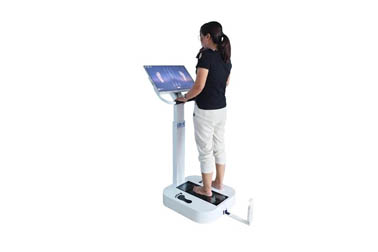
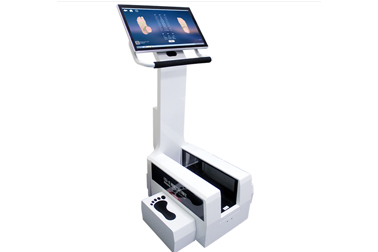
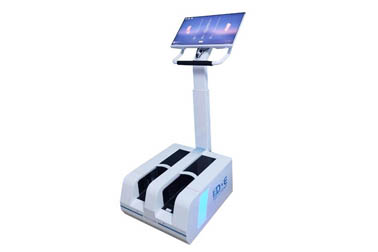
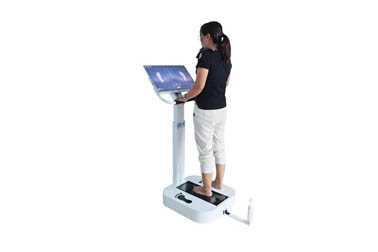
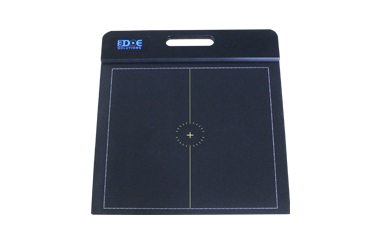
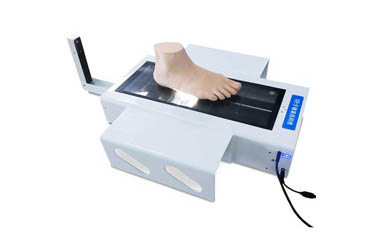



 +86-0755-86131192
+86-0755-86131192